What Factors Should I Consider When Choosing A Propeller?
You may have the right boat and engine, but if performance is lacking, the issue often lies with the propeller. Propeller type, material, and condition directly affect thrust, efficiency, and overall handling. Identifying the correct propeller is essential to getting the most out of your vessel. That brings us to: picking the right propeller. It is a calculated decision that determines your boat’s performance, fuel economy, and handling. We’ll break down what factors you should consider when choosing a propeller so you can make a confident choice. Keep reading. The right prop will make all the difference.
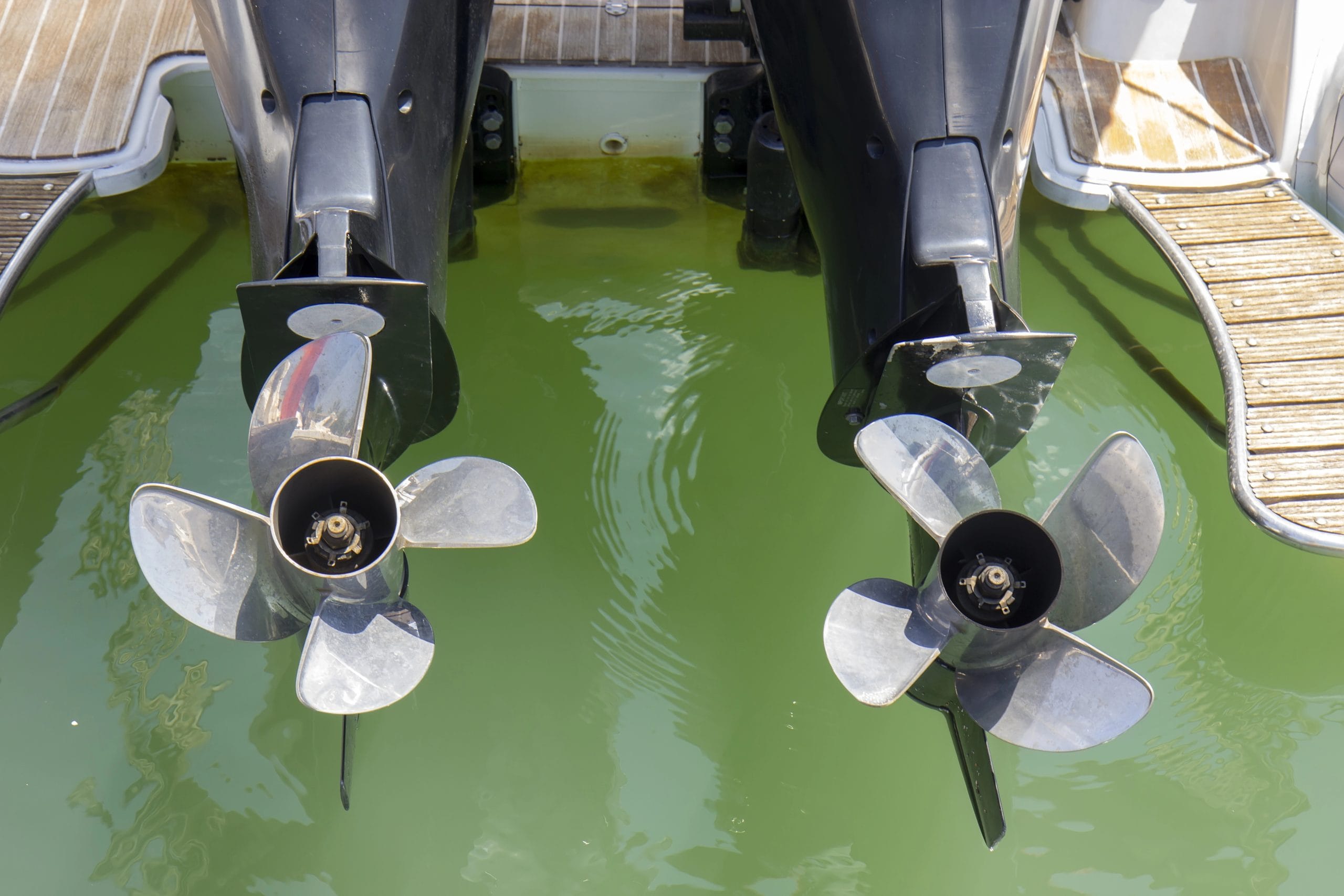
Match the Propeller to the Boat & Engine Combination
Boats don’t come with a standard propeller type. Every boat needs the right prop to match its engine. The two work together to give you the best performance on the water. An incorrect matching can lead to poor engine performance, over-revving, or even long-term damage. Your engine has an ideal operating range (usually listed in the operator’s manual) that the propeller must maintain to keep the engine within that range at wide-open throttle.
If your engine’s RPM is too high, you likely have a lower-pitch prop that spins easily but doesn’t grip the water effectively. If your RPM is too low, the higher-pitch propeller might be overloading the engine. You have the correct propeller if your engine breathes, pushes, and delivers power just right.
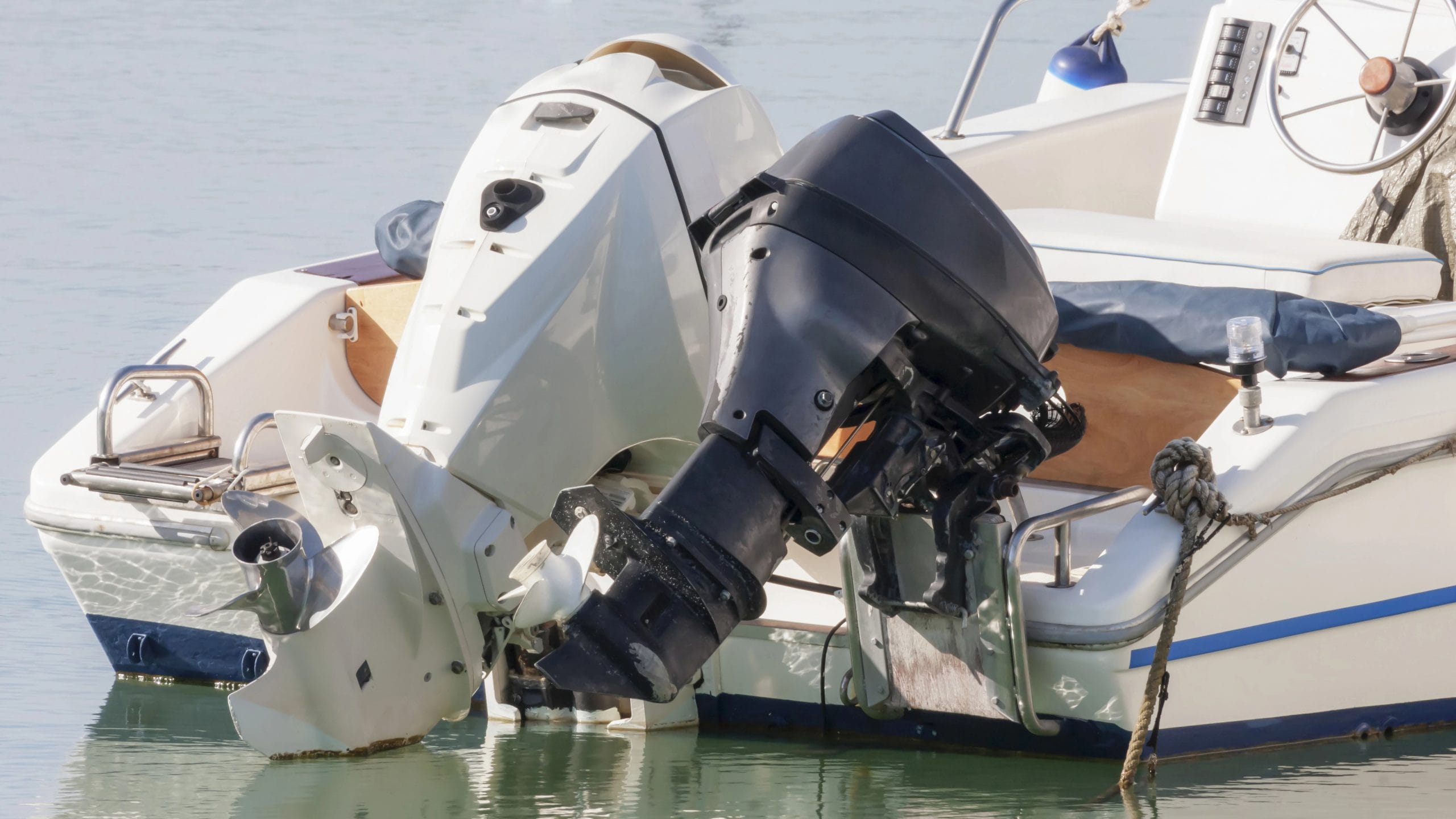
Understand Prop Pitch & Diameter
Prop pitch refers to the distance a propeller would move in one complete rotation if there were no resistance, while prop diameter is the width of the circle the blade tips make. Propeller pitch controls how far your boat moves with each rotation. A higher pitch pushes the boat farther per spin but needs more engine power to do it. A lower pitch gets the boat moving faster at low speeds but limits your maximum speed.
Choose the right prop by testing how your boat performs across the normal operation range. Boats operating at high altitudes or in heavily loaded situations often benefit from a slightly lower pitch to prevent over-trimming and ensure ideal engine loading.
Propeller Blade Count for Speed & Control
3-blade props are a solid choice for most recreational boats. They give you good speed, fuel savings, and all-around performance. 4-blade props step it up with more push, smoother handling in choppy water, and better control when towing. If your boat’s heavy in the back or struggles with cavitation, adding more blades can make a real difference.
More blades can mean more drag. If achieving higher speed is the priority, fewer propeller blades are generally more effective. But, in situations like involving sharp turns, heavy loads, or rough water, additional blades can provide improved stability and control.
Aluminum Props vs Stainless Steel
Choosing between aluminum props and stainless steel is essentially a matter of performance and durability. Aluminum propellers are light, affordable, and great for casual boaters. But they can deform or chip more easily on impact. On the other hand, stainless steel props remain rigid under stress and transmit power more efficiently, often improving fuel efficiency and propeller performance.
For maximum propeller efficiency, particularly at high speeds or for outboard engines, stainless steel is the preferred prop material. That extra strength keeps the blade edges sharp and minimizes water flow obstruction.
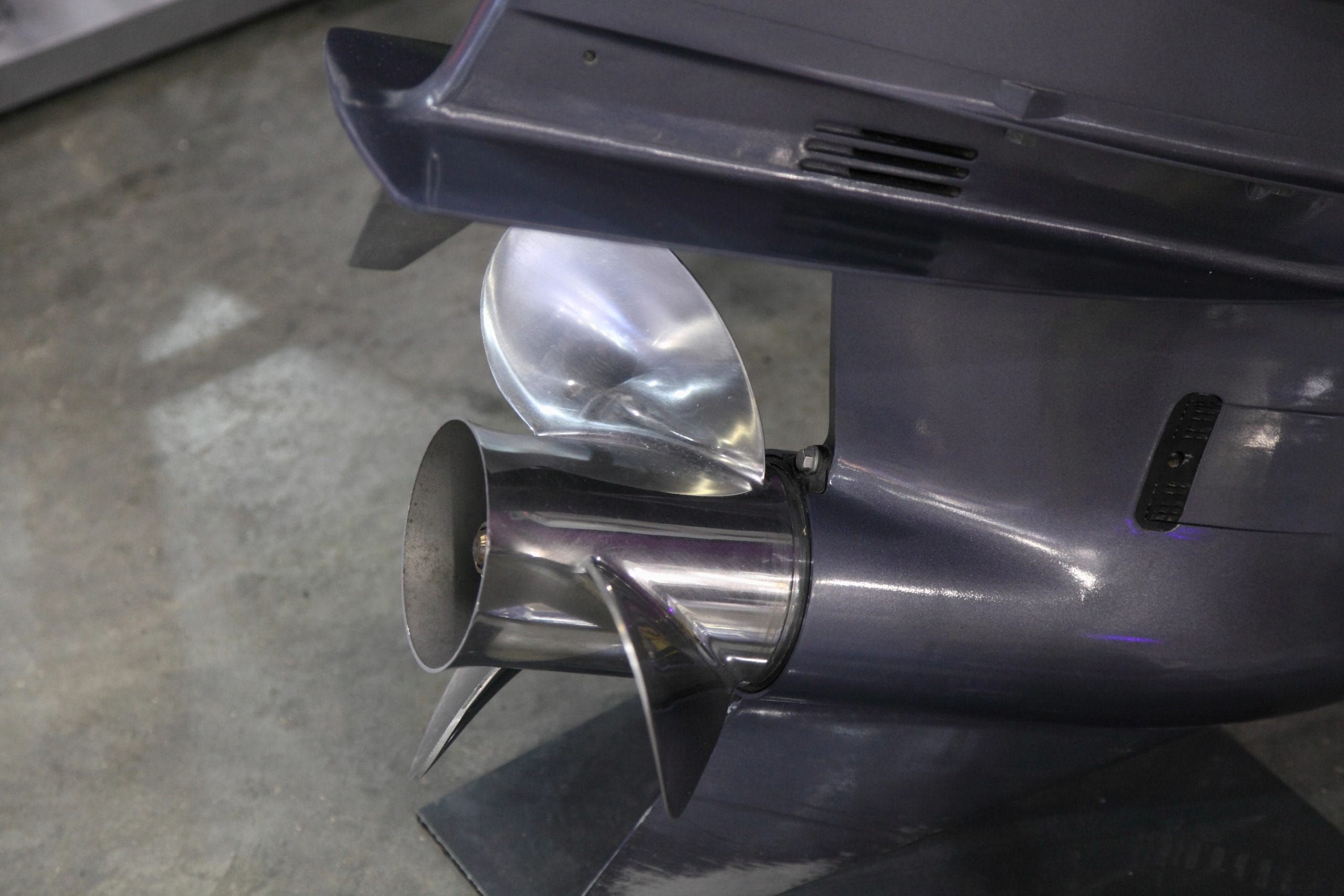
Choosing The Rotation Direction for Propellers
Most boats use a right-hand prop rotation, but some outboard motors or twin-engine setups may use left-hand rotation on one side to balance torque. Why does it matter? Installing the wrong rotation type can throw your boat’s tracking off-kilter and strain your running gear.
If you’re replacing a damaged propeller or upgrading your performance, check your existing setup before making a purchase. Matching the correct rotation ensures smoother handling and balanced performance, especially during sharp turns and docking.
Assess the Boat’s Hull & Use Case
Your boat’s hull design influences how the prop interacts with the water. A deep-V hull handles differently than a flat-bottom, and each reacts to different props in unique ways. For instance, flat-bottom hulls benefit from props that offer quicker acceleration, while deep-V hulls may prefer props that maintain higher pitch without compromising lift.
Consider how you use your boat. Prioritize fuel efficiency and quiet performance for fishing in calm freshwater. For watersports, look for strong thrust and fast acceleration. And for commercial use, choose a durable propeller designed to handle continuous heavy loads and extended operation.
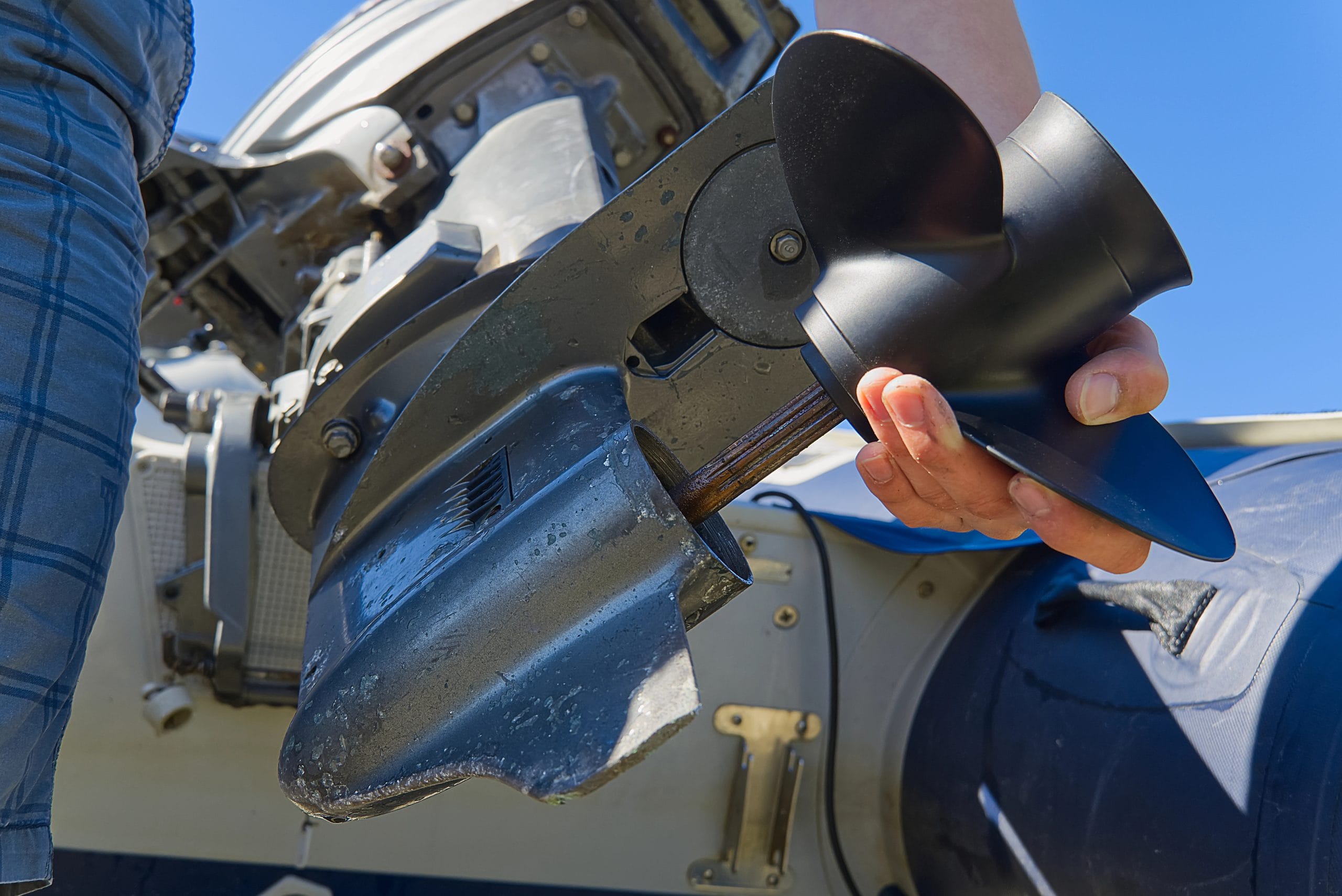
Don’t Overlook Cavitation & Ventilation Issues
Excessive cavitation occurs when bubbles form around the blade tips; it causes vibration, damage, and reduced performance, and can erode your prop. Often, incorrect pitch, damaged blade edges, or the wrong propeller size lead to this problem.
Ventilation happens when air gets pulled into the prop, usually from mounting it too high or trimming too much. That air messes with grip and makes handling feel off. Picking the right prop size and installing it properly can help fix ventilation issues. In some cases, upgrading to a better-designed prop can clear it up completely.
High Altitude & Environmental Conditions Affect Prop Choice
Boating in high-altitude regions changes the game. The air is thinner, the engine produces less power, and your boat might feel sluggish. You’ll need a lower pitch prop to help the engine reach its maximum horsepower despite the reduced oxygen.
Environmental conditions such as temperature, water salinity, and elevation all impact how your boat and engine interact. There’s no shame in adjusting your prop seasonally or by region. Smart boaters always keep a spare prop tailored for local waters.
Use the Operator’s Manual, But Test in the Real World
Your operator’s manual provides a solid baseline, including your engine’s maximum RPM and optimal performance range. But don’t stop there. Once you identify the recommended range, test different props under your boat’s standard conditions like passenger load, cargo weight, weather, and water type, all of which influence real-world performance.
Don’t hesitate to try a replacement propeller if your current one underperforms. A few test runs can reveal a world of difference in how your boat feels and behaves.
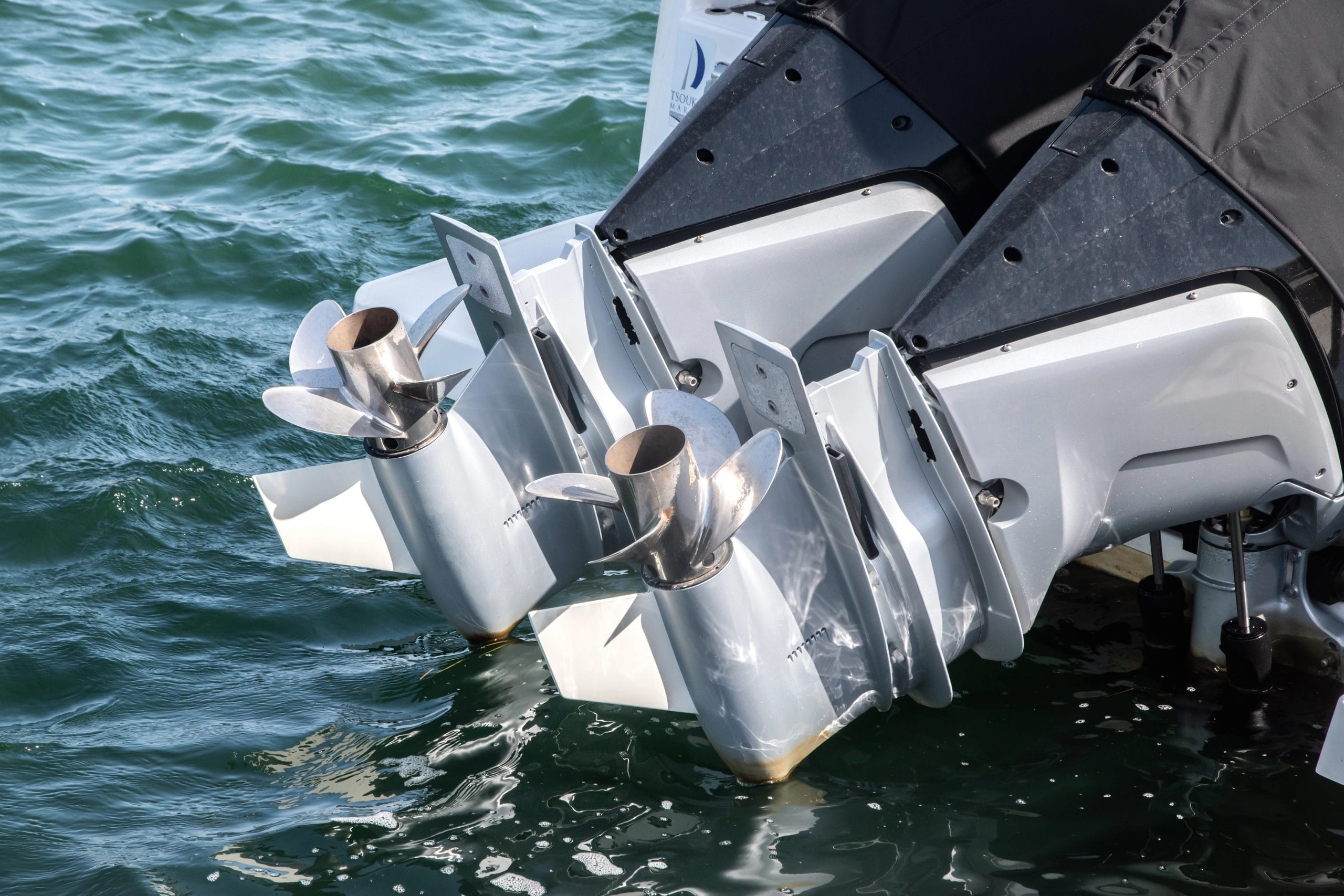
Choose the Right Prop, Reap the Rewards
Picking the correct prop maximizes your boat’s potential. The right propeller helps your boat accelerate smoothly, handle better, and use less fuel. It plays a key role in how well your engine performs on the water. Overlooking it can lead to poor speed, wasted fuel, and rough handling. But with the right match, your boat runs efficiently and responds the way it should.
Don’t Underestimate Your Prop Choice. Contact The Pros
Prop Depot makes the right prop options available for everyone. It all depends on what kind of boat you’re using: a lake beater or a trophy boat? Make the right choice, shop our large inventory of propellers. If you’re having trouble finding the right one, you can look into our ACME and SOLAS categories.
The right prop will make all the difference, but sometimes your existing prop needs repair to perform optimally. The good news is, Prop Depot also offers prop repair services for all types of props.
Explore our propeller finder to find the ideal match or contact us directly with any questions. We also offer a 3-5 day turnaround on wake/surf boat and stainless steel propellers!
